Industrial Designer, Willem Hendrik Gispen, specialized in wrought iron and ornamental metalwork.
His vision was to carry his designs to the Office Furniture world and so began the inception of Gispen in 1916.
The first steel tube chairs were delivered in 1929 from the factory located in the Netherlands. This particular factory was standardized to manufacture steel furniture in serial production. The majority of the earl product lines are currently sold in large quantities.

Exhibition of the Giso-lamps and furniture at the International fair "Die Wohnung" in Stuttgart, Germany in 1927 was a footprint in history for Gispen. Renowned designers like Mart Stam, Mies van der Rohe, J.J.P. Oud and others were less favored than Gispen, as these Bauhaus designers did not own a factory of their own, as did Gispen.
The success of Stuttgart's fair led to more International activities. Competition with the likes of Gerrit Rietveld, Marcel Breuer and Le Corbusier, Gispen boasted showrooms in Brussels, Paris, London, Cape Town and Willemstad (Curaco).
The highly respected Willem Hendrik Gispen was considered to be "the most important" Dutch representative of the so-called "Functionalism" as his emphasis focused on the esthetical part of his design creations.
Design, Innovation and Quality are the central focal points of Gispen and remain as the core values. In his last interview, in 1981 with Max Danser for "Pulchri", Willem Hendrik Gispen again emphasized his values in design, development and production of products, stating:
"When you make something, you may as well make it good!" "You have to study the user and the required use in order for your product to work properly."
The Town Hall of Hilversum and the Van Nelle factory in Rotterdam are now considered to be monuments featuring Gispen on the Unesco list of Monuments.
Followed by Willem Hendrik Gispen in 1949 was Wim Rietveld. Rietveld brought with him a completely new range of designs from home furniture products such as chairs, sofas, cabinets and tables. These products distinguished themselves from that of existing products. Standardized components were again innovatively designed to create variations.
Home furniture design ceased in the 1970's as Gispen deemed the necessity of focus toward that of the future in office furniture. Concepts and innovation with the new designs of that era were put into production, notably the KT and ST.
More recent times have brought into existence products like the Gispen Next (1994), a four legged "building block" system and the Gispen MEOS (Multi Environment Office Space). Office concept emphasizing activity related to work environments and workstations, Gispen SoftTop, a table concept, prevents RSI by using a PUR foam covered tabletop. Gispen's Sum, created by Ben van Berkel Sum rethinks the workstation in order to liberate the work process.
Willem H. Gispen (1890-1981)
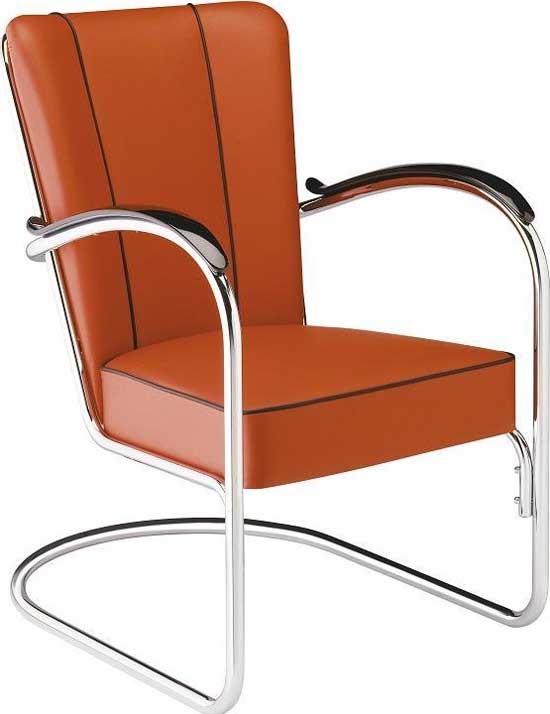
Gispen Chair 412 designed in 1934
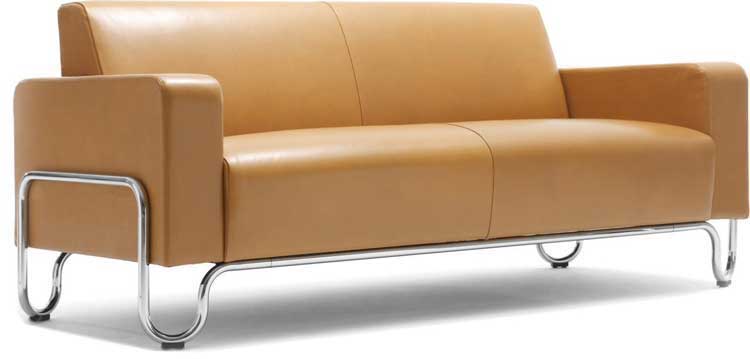
Gispen Couch 441
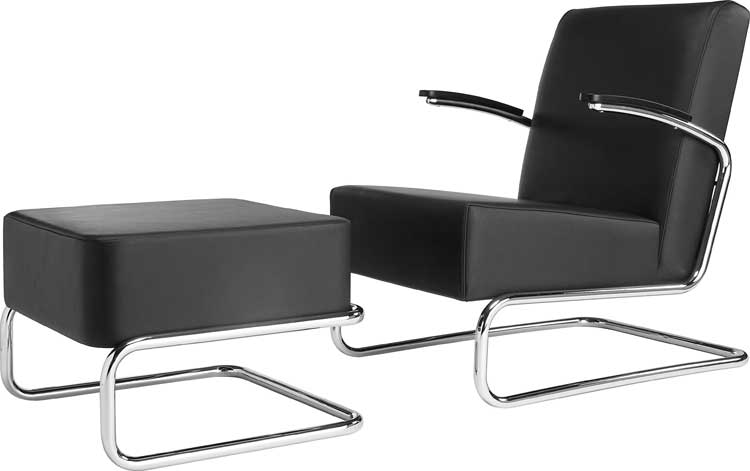
Gispen Armchair 405 with Stool 443
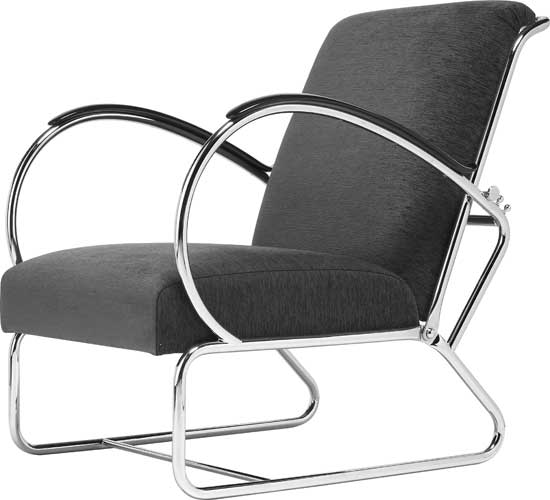
Gispen Smokers Chair 401
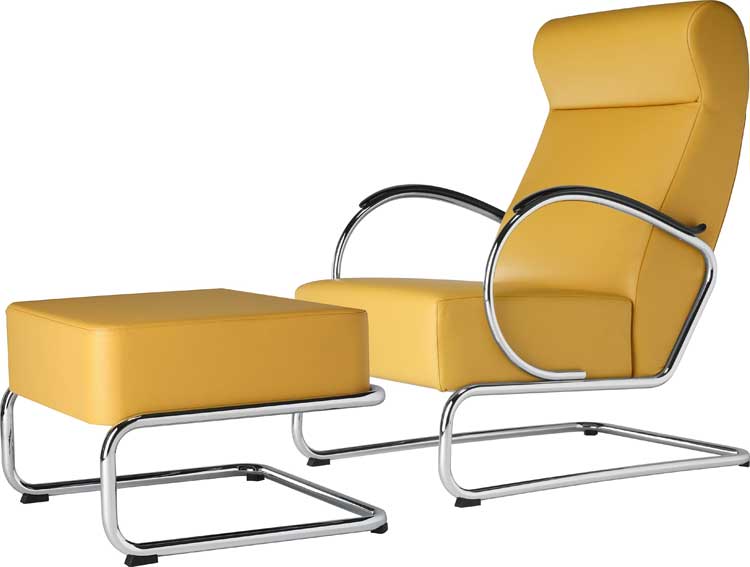
Gispen Lounge Armchair 423 with Stool 443